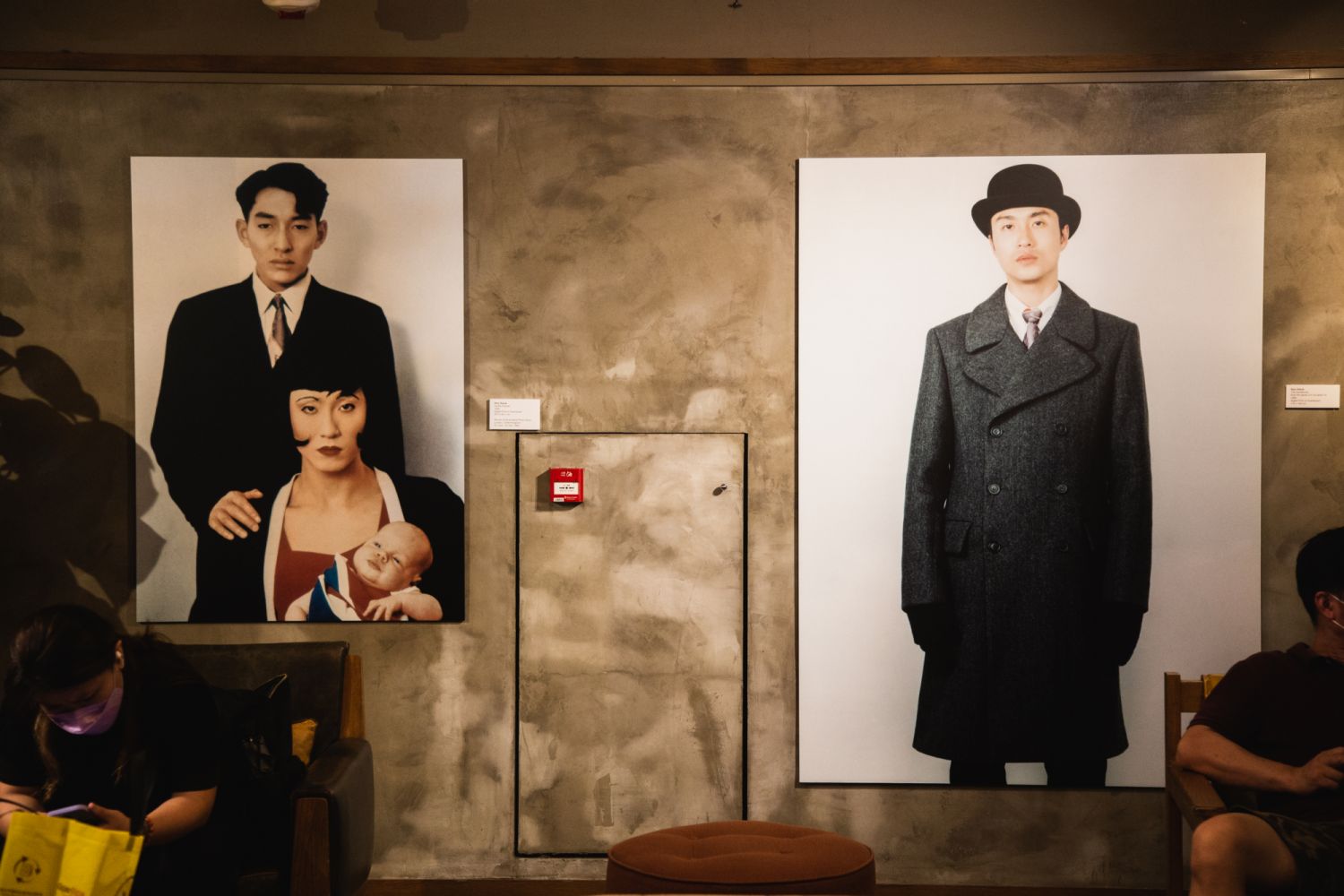Artist Kary Kwok’s exhibition at Eaton Hong Kong, part of their pride month initiative, showcases never-seen self-portraits of the photographer from his archive
The term “rice queen” is a phrase used to describe gay Asian men. The queer equivalent of the term “yellow fever”, which refers non-Asian (usually Caucasian) straight men being attracted to Asian women, “rice queen” is loaded with the same implications fetishising and perpetuating the subservient Asian stereotype.
Artist and photographer Kary Kwok heard this term as a gay Asian artist in London in the 1990s and has captured its essence in his self-portrait The Maid (1996). The work is currently on view at Eaton Hotel Hong Kong and forms part of his solo exhibition, A Return from the Powder Room, curated by Aaditya Sathish.
Don't Miss: Secrets of Success with Patrick Sun, Founder and Executive Director of Sunpride Foundation

Confronting visitors on their way down to Eaton’s food court, The Maid features an androgynous Kwok donning a ruffled black and white uniform, holding a tray heaped with rice. Veins pop on his arms which are strained from carrying the tray, while his irate expression seems to be asking “what do you want?”, deliberately subverting the subservient “rice queen” stereotype.
“I remember being in gay bars or events and feeling quite isolated. I was not what they were looking for,” says Kwok of the London queer scene at that time, the majority of which was white men. He notes that Asians were always considered “other” or “exotic.” This feeling of alienation inspired the photographer to create a series of self-portraits initiating a process of self-discovery.
In case you missed it:




